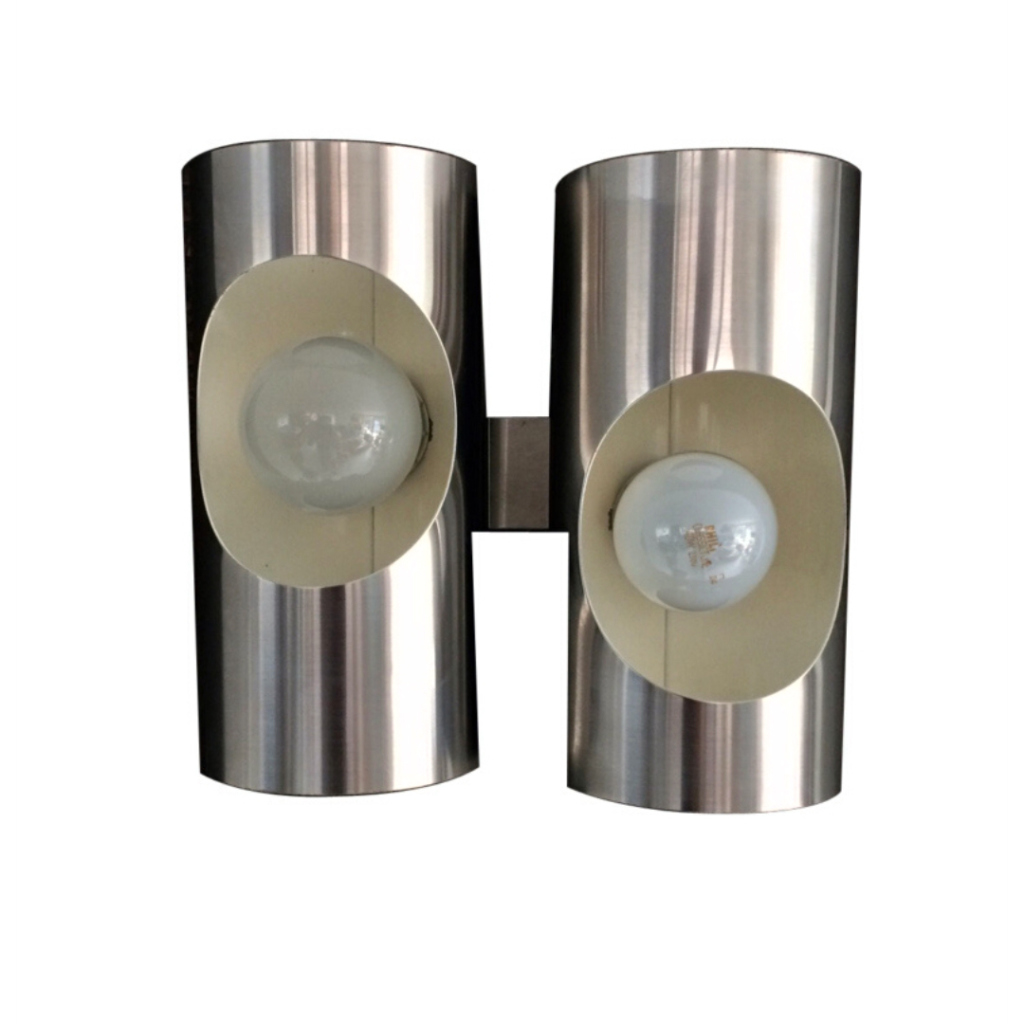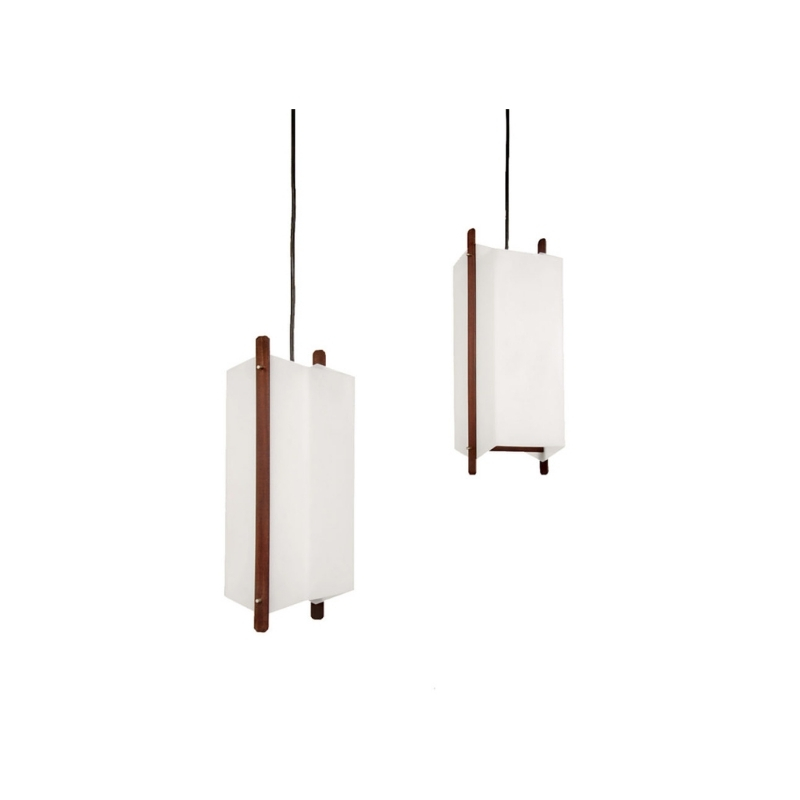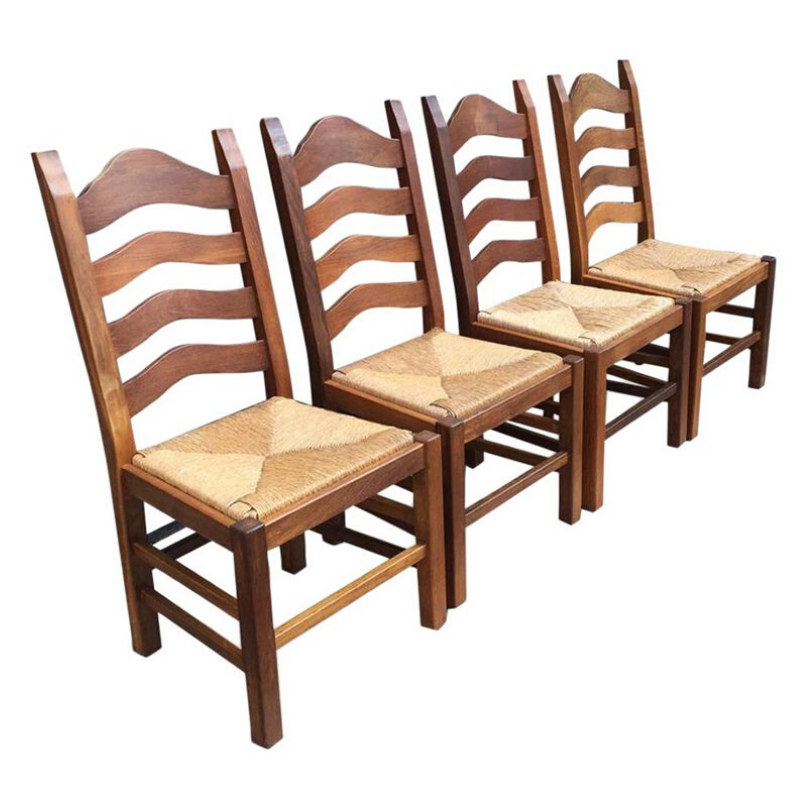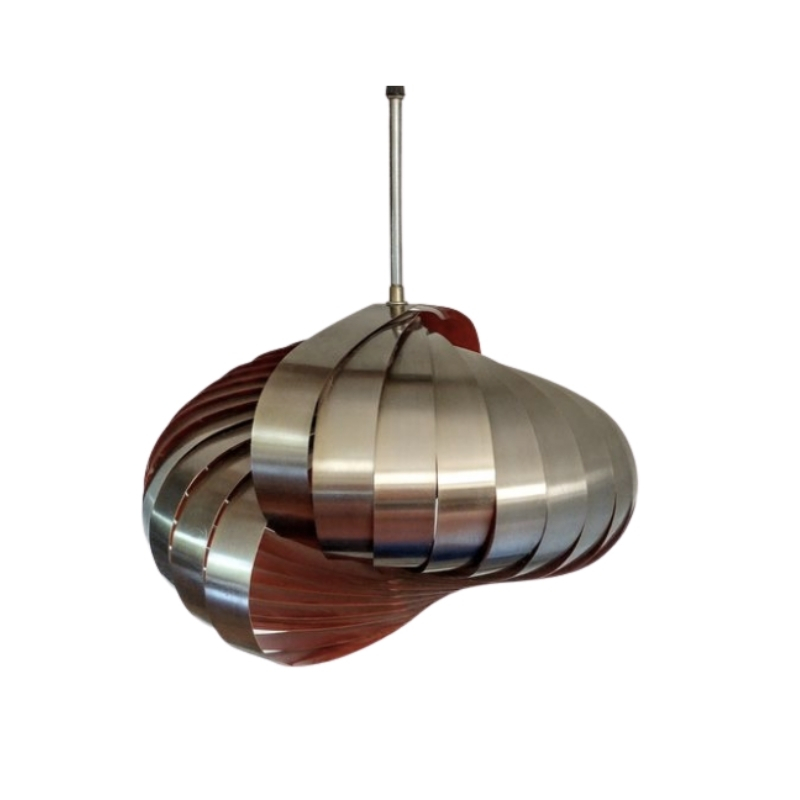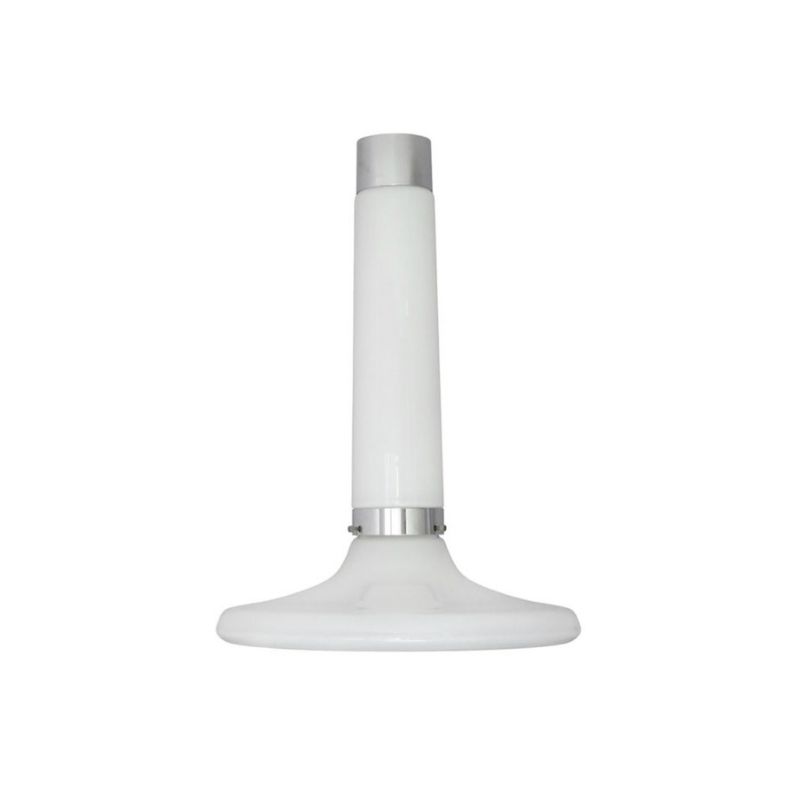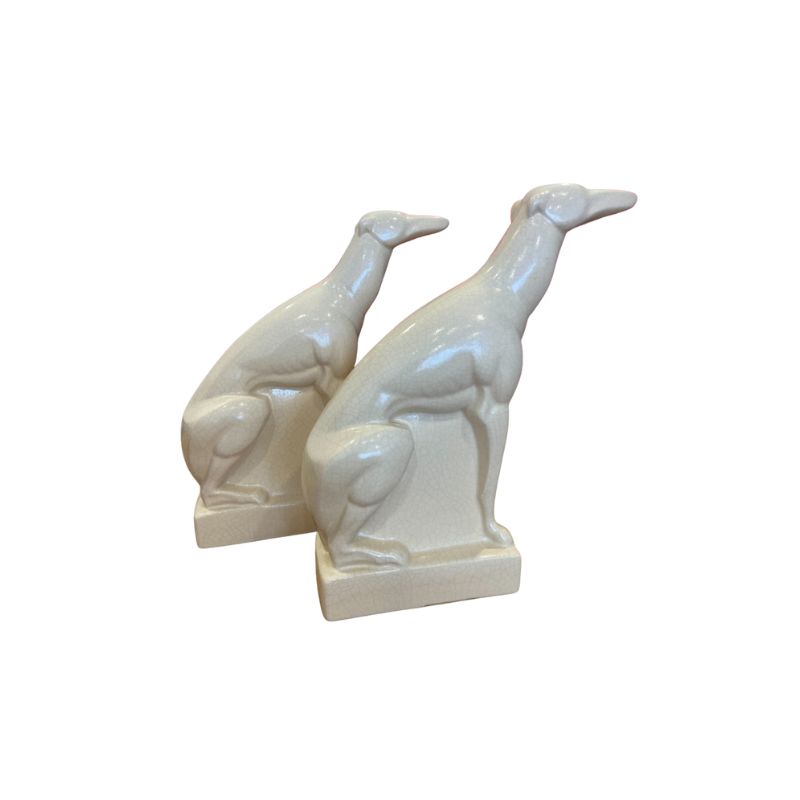Myth of the Evans "Screw Pattern"
I'm not 100% sure about this, but your chairs look like HM-made, not Evans-made. To me, it's the construction of the spine that is the key -- the HM-made (i.e., post-1948) LCWs have a distinct middle "vein" in the spine (when looked at in profile closely) that the Evans-made ones don't.
The whole "screw pattern" claim doesn't wash. I've seen more than a few HM-made, and HM-labeled, LCWs that have the 5-4 screw pattern. My sense is that HM went to the 4-4 pattern in the 2d or 3d year of production -- but the 5-4 pattern does NOT guarantee Evans-made.
My 2 cents.
spine
Looked at the spines on my 2 chairs. One has the darker central lamination and the other appears to be uniform in color or no vein. Both chairs have a hand stamped number into the wood on the underside side of the seat. One is marked 12 and the other 20. I assume this is a veneer number as the 2 chairs are different in wood grain color. I believe one to be birch and the other calico ash by process of elimination for what was produced at the time and by looking at photos on eames office. Both being stamped in the same fashion and the same spot makes it appear that they are of the same vintage/factory production.
I will search out a few chairs presently for sale and look at photos and labels to look for the spine issue.
Interesting! Thanks
ycl etal
Just looked at eames office and photos of vintage LCW 1948. Chair pictured has evans label and is listed as calico ash with imprint as such on chair in photo. It has the darker wood "vein" in the spine as shown at the top of the spine near the shockmount.
Still would like to hear more of what you know ycl as so many things about vintage items are unclear.
Thanks
link added
to eames office since I could not post the photo
http://www.eamesoffice.com/eames-furniture-raisonne
The idea of fake labels on Eames chairs saddens me.
(I am glad the original poster planned to initial his new labels, but I think an update is needed here... please see below.)
There is an Ebay seller who has also made the "restoration" claim to rationalize the sale of his newly minted Eames/Zenith/Herman Miller/Venice decals that are identical in every way to the original.
The use of fake labels will obviously lead to confusion, deception, and mis-information, as new labels are cluelessly applied to chairs of the "wrong" vintage by casual participants and newbies (which I have seen examples of on ebay already).
For another thing, adding some of the fake labels (such as the red Venice label) will actually DE AUTHENTICATE the shells that they are applied to! Since so many Venice shells were ORIGINALLY produced without labels, not having a label is often one of the ways one can be sure it is an authentic Venice shell.
Very often, part of the reason you know its a Venice shell is that it has NO markings. The Venice shell with a red label is indeed a rare animal. Probably something like one in 100 has the brittle red sticker or remnants thereof. Many fell off for sure, but many MORE were produced with no evidence of having EVER had a label in the first place!
So how does adding a label that NEVER EXISTED BEFORE constitute "restoration"?
"Restoring" implies a "return to original condition". Not fabricating a thing that didn't even exist in it's original state.
I think I will start printing labels that say stuff like "The owner of this chair really wants it to be important!" and "Maybe super valuable---but maybe not!" and "My other chair is a rare prototype worth $30,000 that I got from someone who used to work at Herman Miller in 1902!" and then see how far i get with it.
Good to have laugh about this awful development! Thanks Spanky and Mark! (And Reamie, good to know that SOME people have a little integrity!)
Mostly I just have a real problem with it on the historical accuracy level.
I could care less who scams who, but I have worked very hard to research and sort out all of the the production nuances and evolution details, and then some IDIOT comes along and starts spewing labels everywhere, without a thought to the educational, archival, or authenticity or outright fraud aspect that his little business will have on things.
"Un-labeled" is a big part of the story in the early Eames years, and there are plenty of ways to accurately pin down the manufacture info of a given chair. (I am as much of a "label-queen" as the next guy, but this kills much of the meaning and fun in finding a chair with a real one)
On ebay, a current seller listed a late 1950s Eames RAR rocker with no rope edge, original SMALL shock mounts, and no other markings, on a fake rocker base. It was NOT even a 3rd generation Zenith shell.
But of course it had an early Zenith checkerboard label!
I very nicely explained that the Zenith checkerboard decal could never have existed on a shell of that year. (Hint hint…)
No reply.
But he apparently already knew that, as the very next day the chair was re-listed, and this time it had NO checkerboard label-- and a slightly altered description. Nice try...
Of course there was also a price reduction to go along with the removal of the fake label.
This is gonna get really messed up as time goes by.
At last look, that chair is still for sale.
The good news is that at least the new fake red "Venice" labels are going to be the easiest to spot. The new ones simply can't replicate the way the authentic vintage ones shrink up and get all squrly and crispy and/or faded, and have a specific kind of irregularity on the edges.
If you need any help, please contact us at – info@designaddict.com



